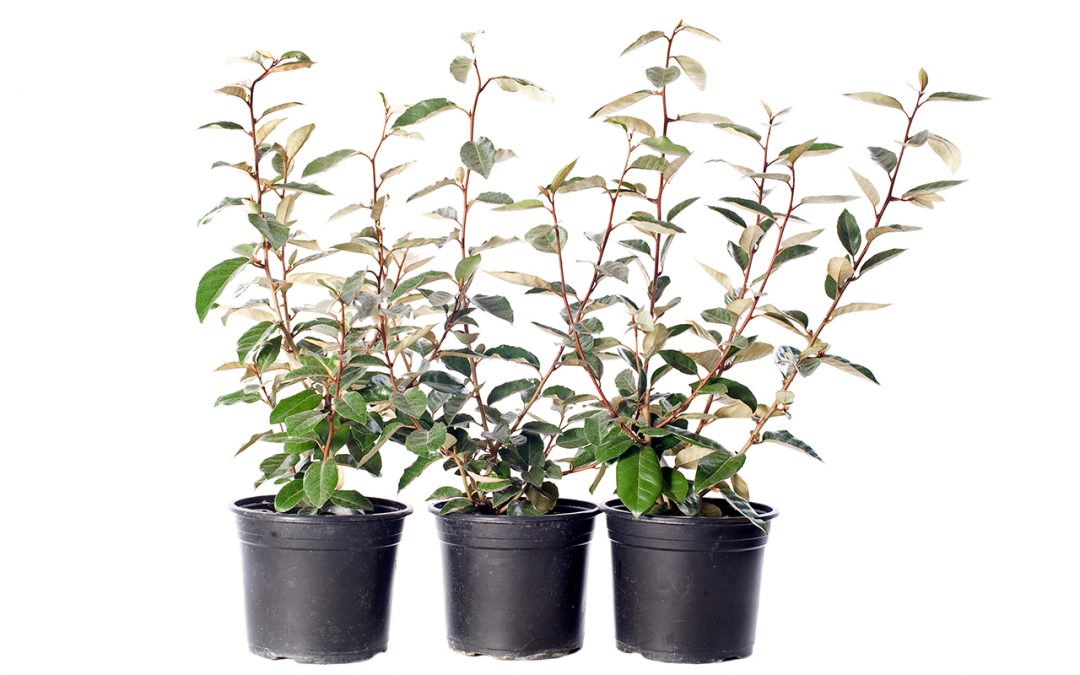It doesn’t matter what type of construction it is, that stark intersection where building meets land just looks better with some landscaping. It helps to make a new addition look like it belongs there.
One of the great benefits of a steel and metal building is its super-low maintenance. Forget about painting—the most you’ll need to do is give it a wash-down from time to time. In order to do that, you’ve got to get in there next to the walls. That means you have to take into consideration how much room a mature hedge will occupy.
Read the Tag!
Unless you’ve got a hefty budget for landscaping, you’re probably going to be using young plants. It’s crucial to remember there’s a big difference in most cases between planting size and mature size.
Height is always a concern, but it’s the plants’ spread that should get your top attention. It’s for this reason that most garden shops provide you with growing information in the form of a tag attached to the plant or pushed into the pot’s soil. Be sure to read the recommendations you’ll find for planting depth and distance.
When in doubt, pause on your decision and get an expert opinion. That should be as close as the nursery or garden shop salesperson—but there’s also plenty of free information online. Knowing the name of the plant you’re considering will help you find information fast.
Generally Speaking
Most plant tag information will list the “spread” of a hedge or shrub plant. This is referring to its total size when it’s mature.
So, you’ll want to divide this “spread” number by 2 and then add about 3 feet. This will give you the approximate distance away from your building for planting.
Don’t forget about height. You might want to reconsider using a hedge plant that will grow taller than your windows. You also don’t want to plant anything close to your foundation that can grow taller than the building’s eaves.
This doesn’t mean you have to rule out taller plants if they catch your eye. Use them to plant at the corners of your new building. They’ll help to soften the edges. There are plants like Chinese juniper which will thrive in just about all climates. It’s narrow but can grow up to 20 feet tall, making it perfect to plant at corners.
You’ll customize your Miracle Truss® building with a wide variety of options to make it blend right in. Our kits are DIY-easy, and we can help you with any design or pre-construction questions you have. Send us photos when you’ve got the plants in place!



